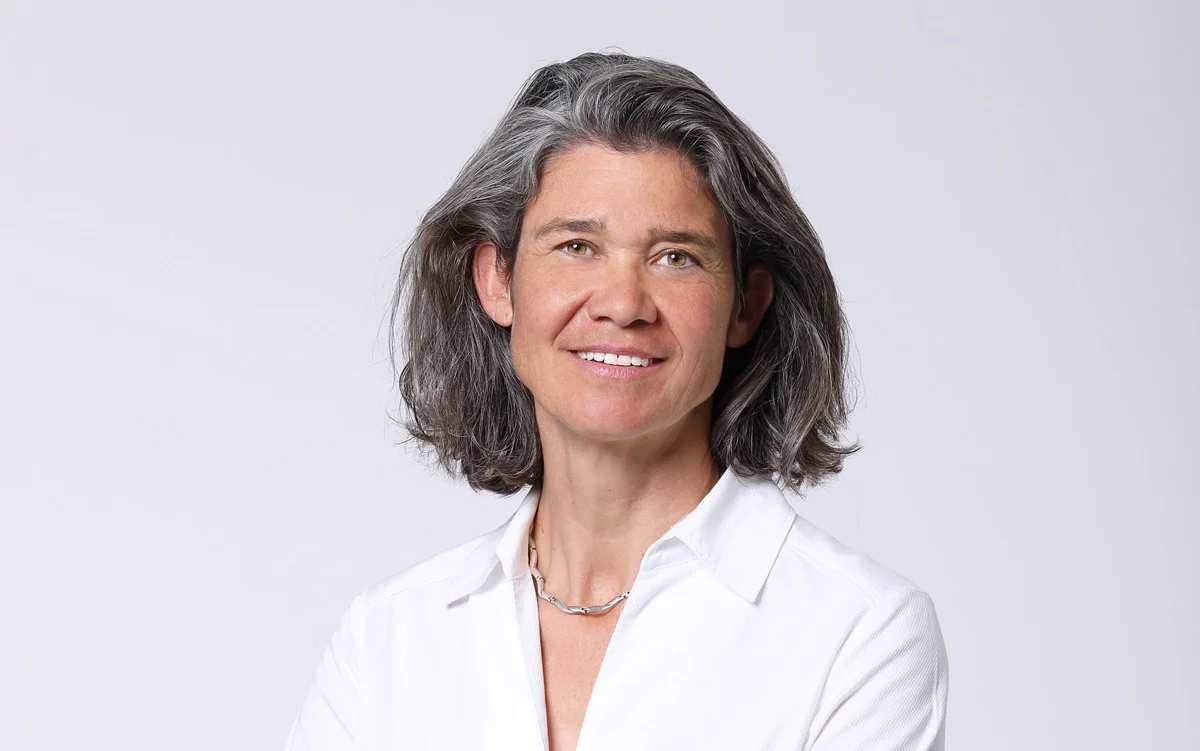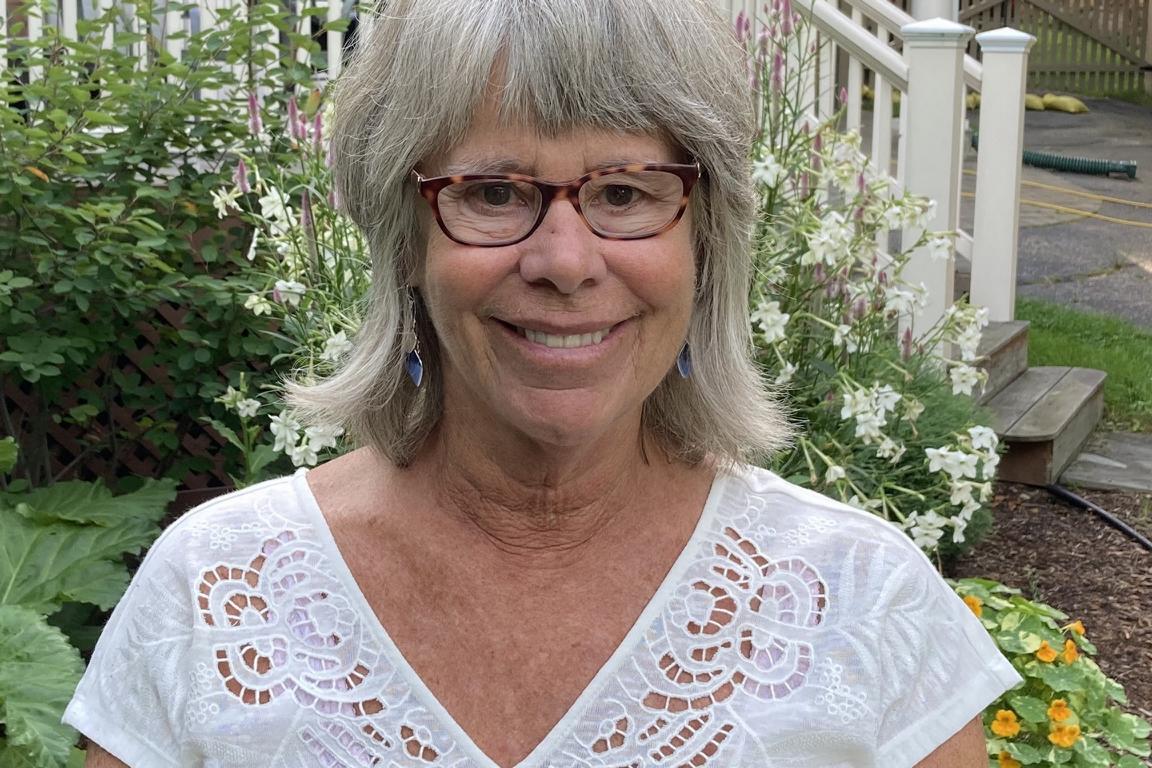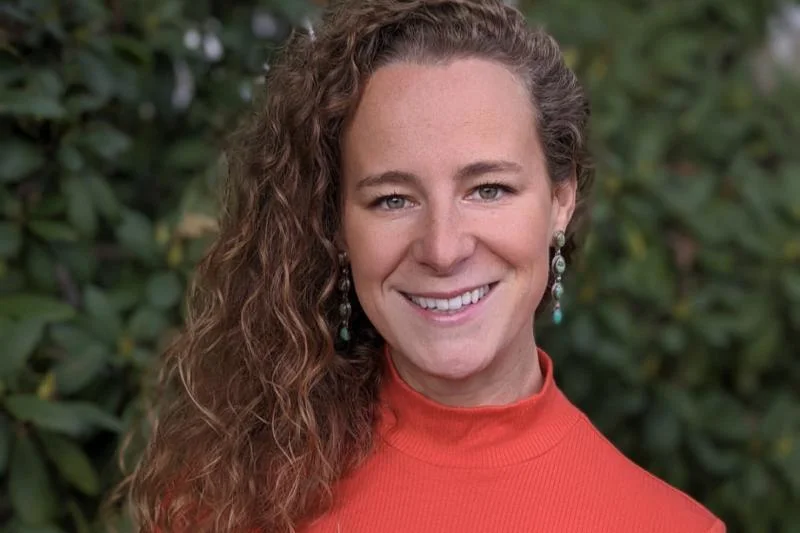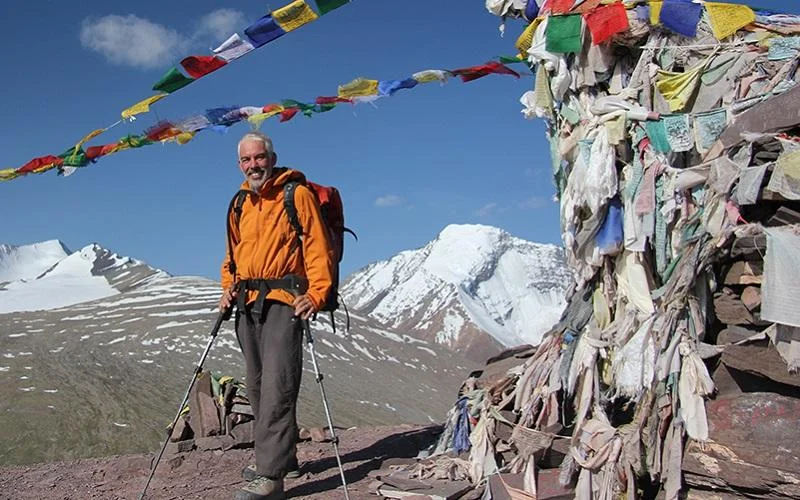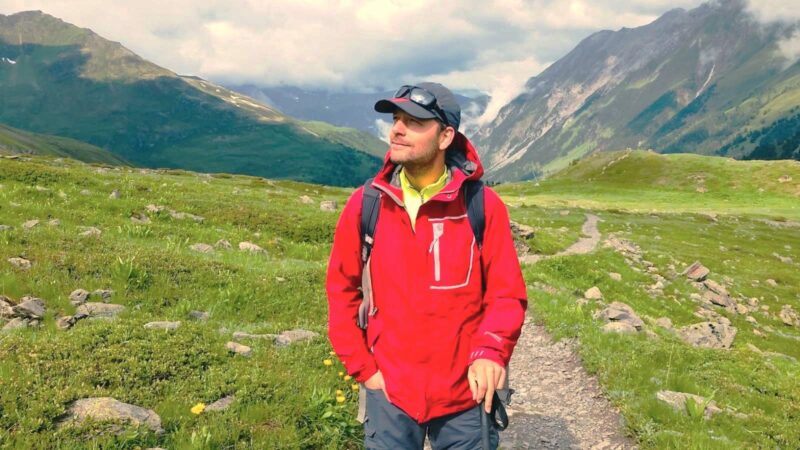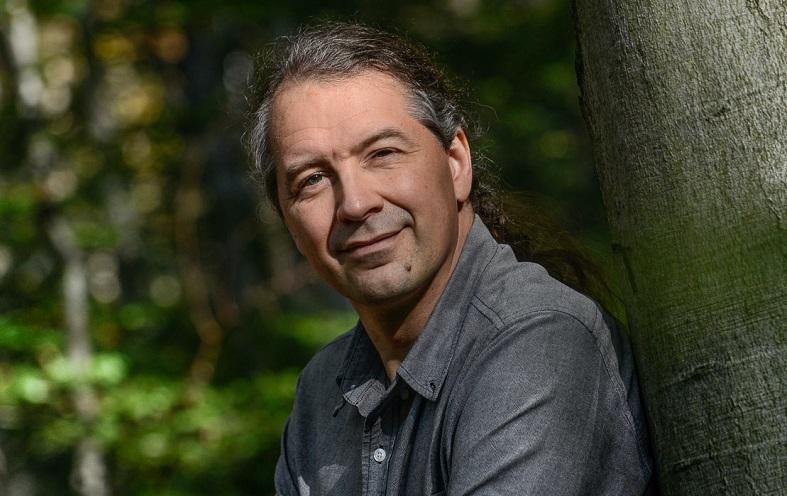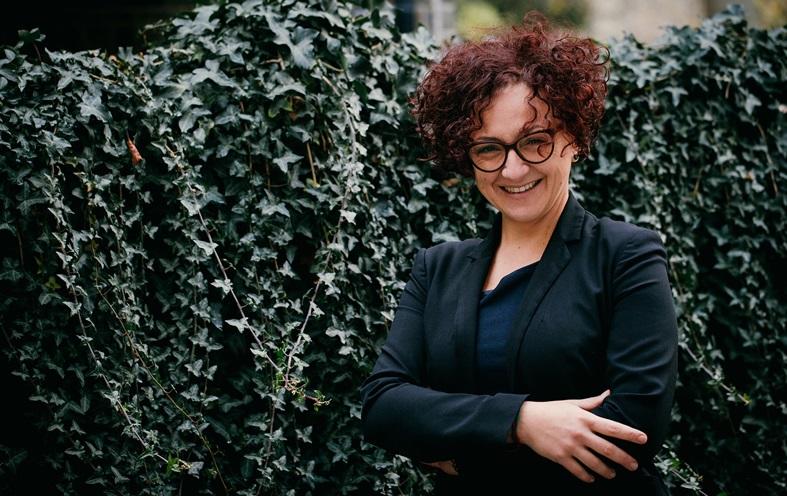
Community-based tourism (CBT) expert Elisa Spampinato shares insights from her in-depth research on the importance of involving locals in the development of tourism “products” and activities – be it in the famed favelas of Rio de Janeiro and other Brazilian cities, or the country’s rural areas. Elisa stresses the economic and intangible benefits which members of such communities receive through CBT-related activities, which can instil pride and unity.
Even before the coronavirus pandemic and its devastating impact on the Brazilian people, traditional communities have been facing challenges, as Elisa reports in the interview – such as protecting their territories from vested interests and failure of the government to ensure their rights are being respected. With income through tourism all but halted, the situation now requires additional effort.
Elisa’s mission is to help – as a sustainable tourism consultant and also as a Community StoryTeller, sharing stories of hope, solidarity, and social connections of traditional communities from around the world.
Elisa, you wear many hats – Ambassador at Araribá Turismo e Cultura DMC and Travolution Travel, editor at Travindy.Brasil, community storyteller, among other roles. What keeps you motivated to dedicate your time and energy to supporting and promoting sustainable tourism?
My professional journey has given me the opportunity to be actively engaged in different projects and activities over the years, and I wear many hats. But all my hats are telling the same story, just from different angles and to a different audience.
As an Ambassador of Araribá Turismo e Cultura DMC and Travolution.Travel, I am working on giving visibility to a hidden universe of traditional communities immersed in a variety of biospheres and natural environments.
Travindy.Brasil is my personal project, born from an idea to create a digital community where multiple actors of the tourism industry could converge, get inspired, learn from each other, and, potentially create partnerships. But above all, I wanted to create a space where the local communities could be seen and recognised.
As a Community Storyteller, my mission is to narrate the stories of hidden communities and create content – with words and images – to build a bridge between travellers and communities.
Travelling and visiting traditional communities opened my heart and it helped me reconnect with myself and the world around me. I would like to allow others to experience the same, starting with a story.
I like to look at sustainability as a dynamic balance that needs to be constantly maintained and which is never achieved, once and for all. It is without a doubt a collective journey. Nevertheless, supporting and promoting it should be everyone’s constant responsibility. I am doing my part, with my professional choices and through my words.
Slum tourism is one of the initiatives you are especially interested in. How would you advise tour operators to handle fair sharing of revenue with the community, generated through slum tourism?
My research on slum tourism gave me the chance to observe CBT in an urban area, for the first time. I come from the premise that the community should be at the centre of the way we design tourism.
In urban reality in general, and in slums in particular, the socio-economic and cultural complexity is such that talking about ‘community’ represents a huge challenge in itself. Communities are everything but ‘uniform’ realities, especially in a slum.
Nevertheless, I still believe that urban communities should also have a central role if tourism exists within their territory.
If the community does not have formally organised tourism activities, any external actors that would like to offer tours there should take some measures that guarantee the participation of its members and a local positive impact.
Employing community guides is a basic option that an external agency could implement. However, supporting the training and professional development of the guides would be a much more responsible form of giving back to the community. It will, in fact, contribute directly towards local development, social innovation, and inclusiveness.
My advice is to invest in building relationships with the local community. A regular dialogue with the resident association, local business organisations and cultural entities should guide the product development process.
Especially in the case where a local agency or tour operator already exists, the design of the tour – the what, how, where and when a tour happens – should be the result of a co-creation process with their representatives. Because the community should never be the object of a transaction, but always one of the protagonists of the process.
Also, I strongly believe that co-design is the key to sustainability in the tourism sector, and not only in CBT.
Amran Hamzah in his interview mentioned that less than 10 per cent of community-based tourism (CBT) worldwide can be considered successful, most suffering from lack of local capacity, lack of leadership, poor understanding of the market, among other reasons. In your experience, how can CBT be more efficient?
I am aware that CBT means different things in different international contexts. For clarity, the definition that I am referring to here is the one accepted in the Latin American continent.
Brazil probably guides the continent’s academic reflections on the subject and recognises the role of the protagonist – the community as the foundation principle of CBT. Other defining principles are cooperation, enhancement of local culture and history, and the protection and conservation of the environment. I totally agree with that.
It is not easy to establish if Latin American CBT is successful, even when considered exclusively from a financial perspective. Based on my experience, though, if we adopt a social perspective, the ‘success’ of these experiences is undeniable.
Latin American CBT experiences show clear empowerment of the local communities and the strengthening of internal communitarian connections. Also, it is unquestionable that there is an increase in both, individual and collective self-esteem and the impact on gender equality.
The process of rediscovering and reconnecting with their own traditional culture and history through tourism-related activities naturally lead their members to value their own material and intangible heritage. Also their ancestral knowledge, such as traditional medicine, directly linked to their relationship with the natural environment. Not to mention the impact that it has on the local economy.
CBT projects are not always economically stable. What suggestions do you have for such projects to be profitable and hence become financially independent?
The CBT experiences in Brazil have grown a lot in terms of internal organisation, but they still face limitations in terms of commercialisation and marketing, which continue to be the biggest problems.
In the model chosen by ‘Route to Freedom‘, a CBT experience near Salvador in the state of Bahia, tourism has been consciously included in the local development production chain. Here, and in many other CBT cases, this has been possible because all the economic activities work collectively, according to the principles of the solidarity economy. A grassroots alternative way or organizing the local economy which has been growing in economic terms in the last decades in Brazil.
In any case, even if tourism is practised as a complementary economic activity, the question of its financial independence is a journey that the community should confront, and this would start by recognising it as a business, with its needs and priorities. These include establishing an international presence and their place in the supply chain, in a dialogue with other stakeholders. In this journey, the steps should include professionalism and an improvement in their capacity to negotiate.
The participation in CBT networks is essential to gain strength and power and to learn directly from good practices and success stories. On the other side, the alliance with external strategic partners, such as universities, non-profit organisations, trusted agencies, and tour operators are crucial and needs to be addressed more incisively, in my opinion.
Brazil is currently reeling from the coronavirus pandemic. How is the current crisis affecting Brazilian destination communities? How resilient are they?
The traditional communities in Brazil have been severely affected by the current crisis, especially those who depend strongly on tourism activities for their survival. What has emerged – and continues to emerge – is a kaleidoscope of solidarity initiatives.
I believe that the endemic absence of government intervention has made resiliency a part of the Brazilian traditional communities’ DNA, who are so accustomed to facing traumatic moments and uncertainty.
To protect their ethnic groups, all the traditional communities of the country had to strictly isolate themselves and many resources have been raised to support them.
The immediate response comes from social movements, civil society organisations, as well as simple volunteers. This army of solidarity has been able to provide the communities in the lockdown with food and items to guarantee not only their subsistence but also the basic, individual, and collective hygiene practices. Stock items such as cleaning products and hand sanitizers have been distributed with handmade fabric face masks, especially to indigenous communities.
What raised to the occasion has been the intricate network of organisations that surround CBT, and which overlap constantly with their economic, non-profit activities and daily actions.
As a CBT expert, how do you see the Brazilian indigenous communities coping economically due to the travel restrictions owing to the Coronavirus pandemic?
As a clarification, indigenous communities are only one of the roughly thirty traditional communities officially recognised in Brazil with whom I collaborate, the others are mainly quilombola, caiçara, and ribeirinhas.
The way the different traditional communities are currently coping with the COVID-19 pandemic depends mainly on the kind of relationship they have with tourism itself.
The quilombola communities of the Ribeira Valley in the State of São Paulo, are essentially self-sufficient in food production and they are coping well during the pandemic. They have maintained tourism as a complementary source of income, and they have been able to protect their land and maintain a strong relationship with the natural environment. So, nowadays, they continue to produce all they need.
During the current pandemic, we have observed that the most affected have been those communities whose traditional activities are no longer carried out, either because they have been completely abandoned in favour of tourism activities, or because it was no longer possible to continue them.
What have been your top priorities as a Community Storyteller, during the pandemic and what will you focus on with respect to reviving travel, once the travel restrictions are lifted and life goes back to ‘normal’?
Since the beginning of the pandemic, I have maintained contact with the communities I know and constantly reaching out to others using different means. I found that telling their stories in this particular moment of forced immobility could be a way to support and re-connect with them, as a person, as a tourist and as a professional.
So, rather than wait for a moment when I would be able to travel again, I started to travel through stories, and that is the message of my writing project, StoryTravelling.
I have recently launched a new campaign called Destination Community. The purpose of the campaign is to highlight people and the different aspects of their culture and nature. It is an opportunity for tourists to learn about communities, the variety of ethnicity, culture, tradition, knowledge, and also, how unique each one of them is.
For this campaign, I am collaborating with Travolution Travel and Araribá Turismo e Cultura, but I plan to extend the campaign to other countries and continents beyond Latin America if the opportunity arises.
The Amazon jungle is under constant threat from logging, cattle grazing, poaching, and mining. Are there any CBT success stories from this region that are braving the odds and bringing a positive difference?
Well, I dare to say that in the Amazon, as well as in many other regions of the country, all the CBT initiatives have done an incredible job in maintaining their livelihood, culture and protect their natural environment.
Let me explain how.
The richness and diversity of resources have always put the Amazon at the centre of big economic interests. Constant threats, an alarming increase since the beginning of 2019, have been the norm but the control of the land always has been a key issue.
The law in Brazil recognises the existence of traditional communities, but at the same time, it does not automatically acknowledge them the right to live on the territories they occupy, which must be legally recognised first. This, unfortunately, does not always happen.
The unsolved question of the rights of the land attracts vested interests and it is a common scenario where, in different degrees, all the Brazilian traditional communities are trapped.
For a CBT project, tourism is a means to end these threats. It is an instrument to improve their livelihood but, first and foremost, to preserve their culture, ancestral knowledge, and at the same time, to guarantee their right to stay on their land.
CBT is not only an opportunity for tourists to dive into an astonishing variety of the natural environment, traditional knowledge, and cultural activities, but it is also an opportunity to directly and continuously support those communities that have contributed to protect and preserve the natural environment, so they can continue to do their remarkable work.
Would you consider tourism in its current state in Brazil sustainable? Which are the main issues?
Unfortunately, no. I would not define tourism in Brazil as sustainable, on a large scale as yet.
I would say that the national discussion on sustainability is still relatively young. However, there are several organisations such as BRAZTOA (The Brazilian Association of Tour Operators), ABETA (Brazilian Ecotourism and Adventure Tourism Trade Association), SESC São Paulo, and SEBRAE in some of the States.
Also, in many other non-governmental organisations, such as Projeto Bagagem, the national reference for CBT, the persistent efforts by the public university and initiatives such as MUDA! (CHANGE! Brazilian Collective for Responsible Tourism), have greatly influenced the discussions and reflections on the theme.
A lack of dialogue among diverse communities, being unaware of local realities and the lack of plurality of stakeholders in the decision-making process are the main obstacles in the journey towards a sustainable tourism sector in Brazil – and a more responsible society.
I reaffirm my belief that to make tourism sustainable, we should change the way we perceive the actors in our society and recognise the roles and responsibilities of each one of them in the collective orchestra.
I continue to be optimistic and focus on innovative and inspiring stories that I relentlessly look for. I am also determined to make Travindy.Brasil an instrument of this collaborative journey.
Anything else you’d like to mention?
Tourism impacts not only the economic activity and the environment, but also – and greatly – the relationship between the human, social, cultural, and economic aspects of the destination.
I suggest, as an industry, to ask ourselves what kind of relationships we want to create through tourism, then start redesigning those relationships.
Thank you, Elisa.
Connect with Elisa Spampinato on LinkedIn.
Did you enjoy our interview with Elisa Spampinato on community-based tourism in Brazil and how tourism businesses, destinations and communities are coping with the coronavirus pandemic? Thanks for sharing!

